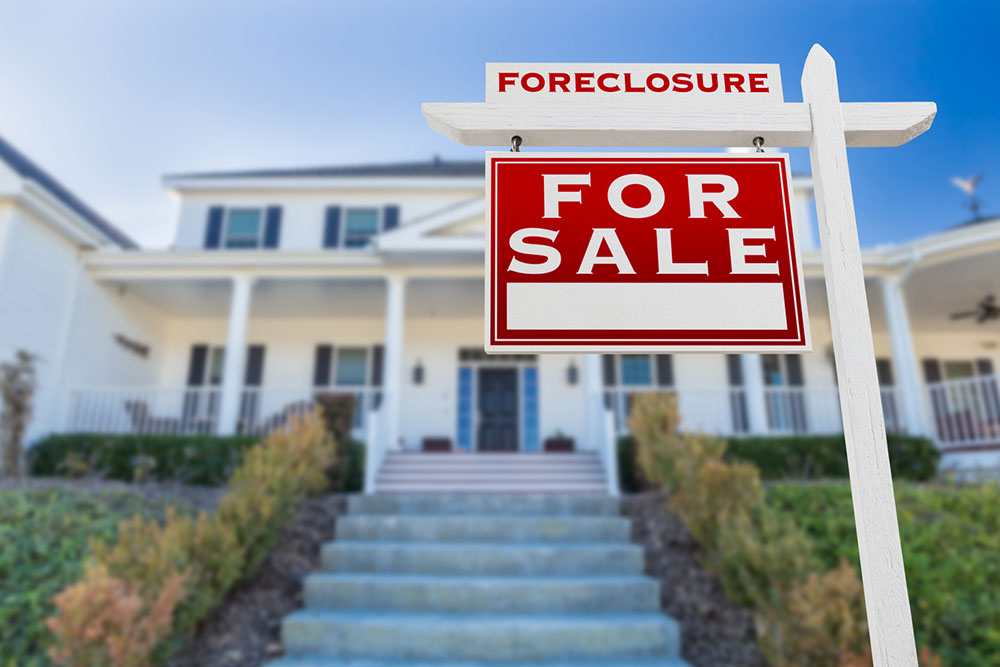
A guide to buying and selling foreclosed homes
Foreclosed homes, or real estate-owned properties, are houses seized by lenders because of the previous owner’s inability to cater to the mortgage obligations. These properties offer a unique opportunity for buyers to acquire homes at potentially discounted rates. This guide discusses ways to navigate the process. From identifying promising listings to negotiating deals, we will offer some necessary tips on buying and selling foreclosed homes to make the most of this dynamic real estate sector.
How to buy foreclosed homes?
Step 1 – Explore the different foreclosure purchase options
You can purchase foreclosed homes from lenders after they fail to sell at or directly through auctions.
- Opt for a short sale – A short sale arises when homeowners sell below the mortgage because of the declining value. In this case, foreclosure is still pending, and you will need approval from the lender, not the homeowner. When buying via this alternative, you must be prepared for some delays.
- Auction acquisitions – Auctions provide faster access than negotiations with sellers or banks. Buyers can acquire foreclosed homes below the market rates, but these will require cash. Though some allow mortgage financing, not all approvals are equal. Hence, verified approval, wherein income and assets are verified, is recommended.
- Direct buy through a lender – You can bypass the homeowner dealings by buying from the lender’s real estate-owned (REO) inventory. The lender handles homeowner eviction and title clearance before the sale. Usually, they involve experienced real estate agents in the process. The properties are sold as is, but buyers can inspect before closing.
Step 2 – Hire a real estate expert
Usually, lenders entrust foreclosed properties to specialized REO agents who collaborate with standard real estate professionals to locate interested buyers. However, not every agent is well-acquainted with REO transactions. A proficient foreclosure agent can help in foreclosure searches, negotiate prices, help with state-specific REO purchase procedures, facilitate offers, and arrange inspections.
Step 3 – Look for foreclosed properties
Though your agent can help with the search, it helps to investigate a little at your end. You can search the web for “foreclosure homes near me” and find convenient access to foreclosure listings online (nationwide and locally). We recommend these reliable sources:
- Rocket HomesSM
- HUD
- Fannie Mae HomePath®
- Freddie Mac HomeSteps®
Step 4 – Acquire mortgage preapproval
Beyond the auction purchases, a mortgage is likely. After engaging an agent and commencing your home search, prioritize getting a preapproval. It offers an initial loan amount, streamlining the search. Pick a lender to simplify your options.
How to sell foreclosed homes?
Step 1 – Hire a foreclosure consultant
Selling foreclosed homes is usually a time-consuming process. There is no certainty on securing a higher offer. Hence, getting help from seasoned foreclosure property advisors is recommended. These professionals swiftly buy for cash, subsequently reselling them to interested parties. Hiring a local cash property buyer is advantageous, as you can bypass agent commission and lender fees. They leverage the resources to swiftly locate potential buyers, ensuring a legally compliant and seamless process.
Step 2 – Get acquainted with the foreclosure process
Before commencing the selling process, get well-acquainted with the region’s foreclosure proceedings, acknowledging that regulations may be diverse. Here are the primary stages of this process:
- Default notice – The bank issues the notice when mortgage payments lapse to notify of the outstanding debt.
- Public auction – A slated public auction ensues if the payment is not rectified within the stimulated frame, and the property goes to the highest bidder.
- REO – If the property remains unsold, it transitions into a bank’s possession, and the bank oversees the maintenance and eventual sale.
- Marketing and listing – The bank, aided by a foreclosure consultant, places the REO property on the market. They set the asking price based on the market trends and current conditions.
- Finalizing the sale – After securing a buyer, negotiations encompass purchase price, closing terms, and contingencies.
Step 3 – Foreclosed home inspection
Despite the foreclosure status, buyers conduct a thorough assessment before buying. Hence, you must evaluate every aspect – doors, HVAC systems, floors, roofs, windows, walls, and appliances. Ascertain if repairs or enhancements are required for market readiness. Hire a seasoned inspector with comprehensive tools to unveil hidden issues affecting the sale. If you cannot address all repairs, communicate the defects to potential buyers to forestall potential legal entanglements and foster trust.
Step 4 – Set the price
Analyze the local market trends to determine a fair price. Conduct a comparative analysis to grasp the property’s current value. Consider condition, location, trends, and comparable sales for an apt asking price.
Step 5 – Gather the documents
Compile all the vital foreclosure documents like loan info, notices, and titles. Ensure they are available for the potential buyers to see.
Step 6 – Negotiate with buyers
Expect negotiations based on the property’s condition. You can comprehend the value and be open to price, closing costs, and repair discussions for a successful sale.
Step 7 – Effective home staging
Strategically decorate and arrange the property’s best features. Build an inviting ambiance for buyers to envision it as living in the space. Add décor, rearrange, and declutter to boost visual appeal and form a lasting impression.




